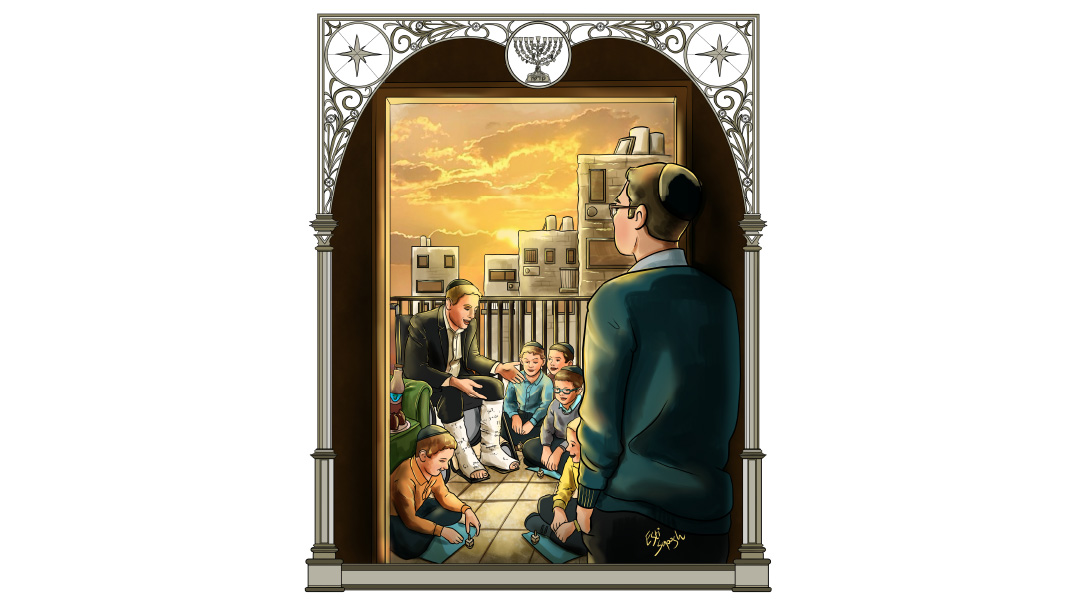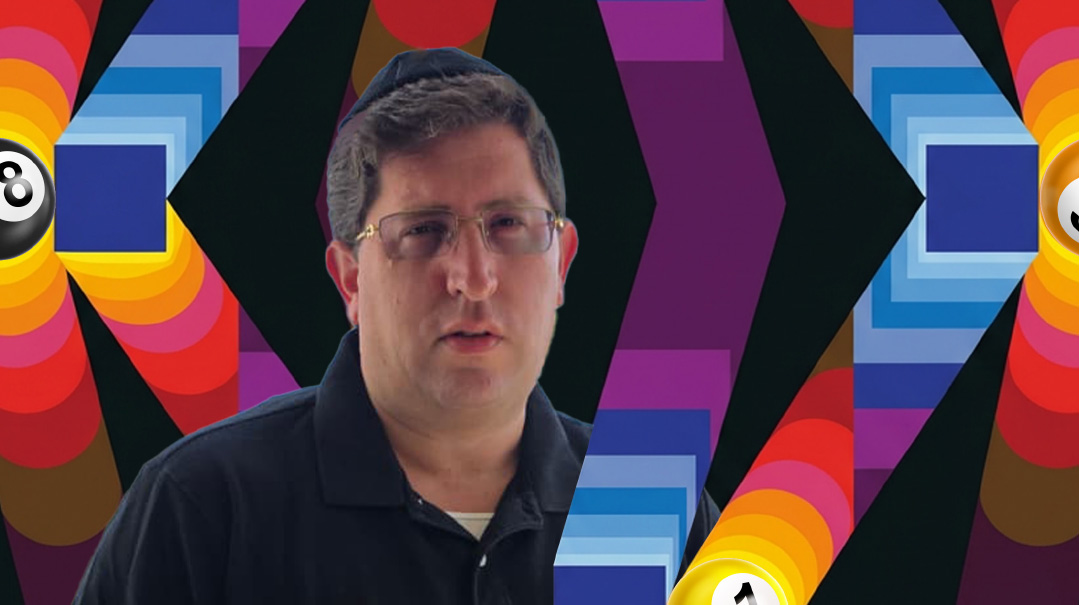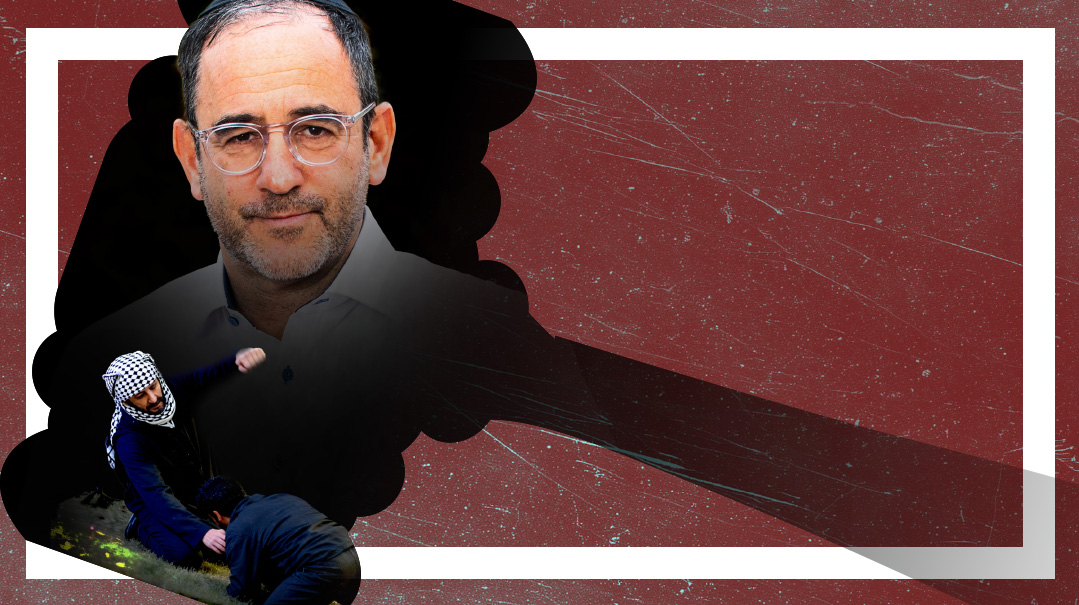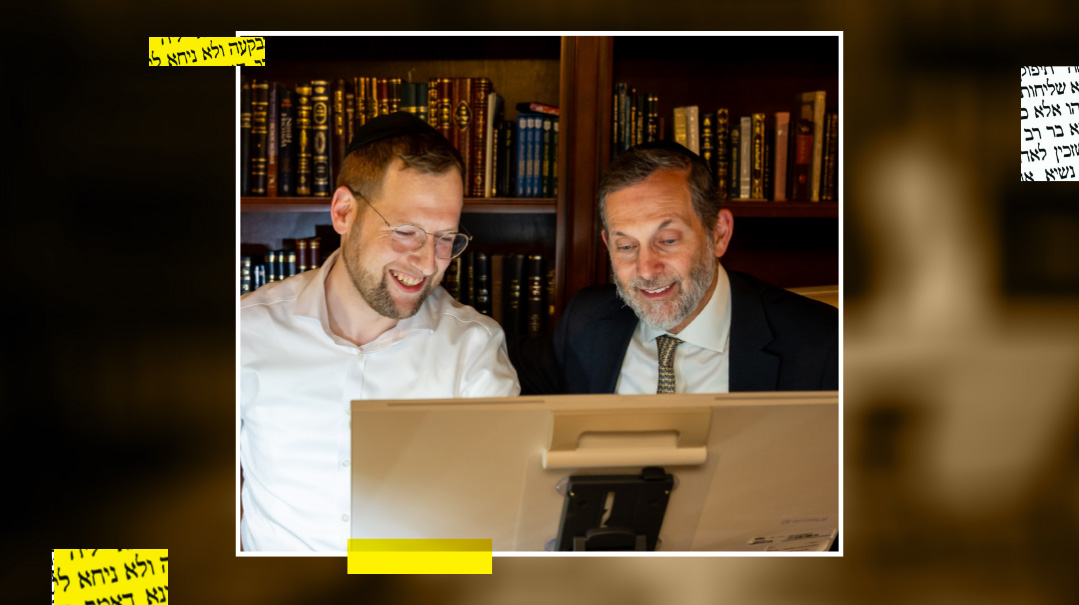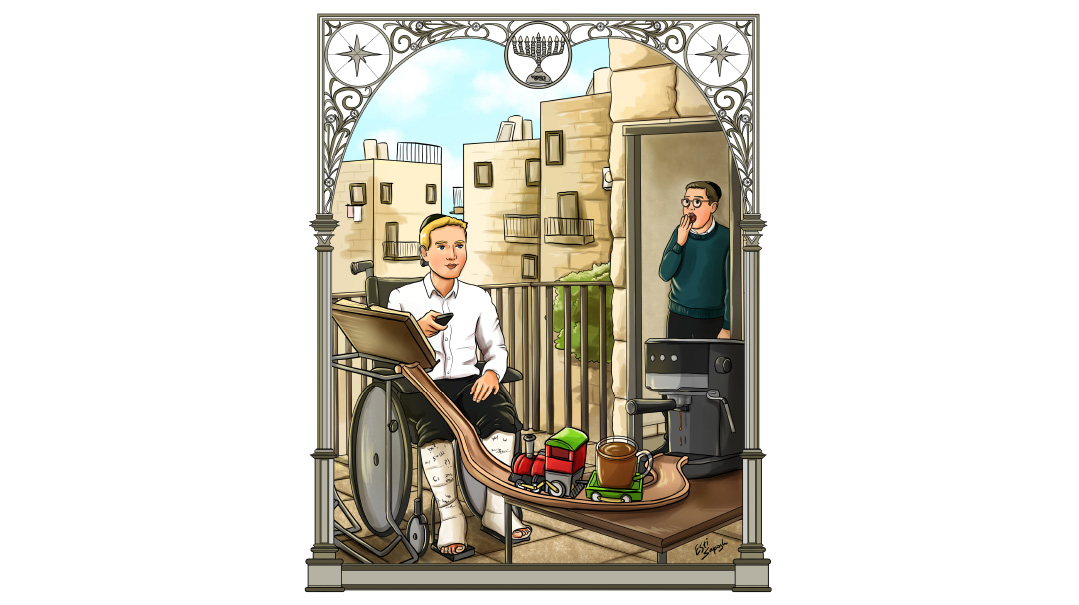Linked to a Lost World
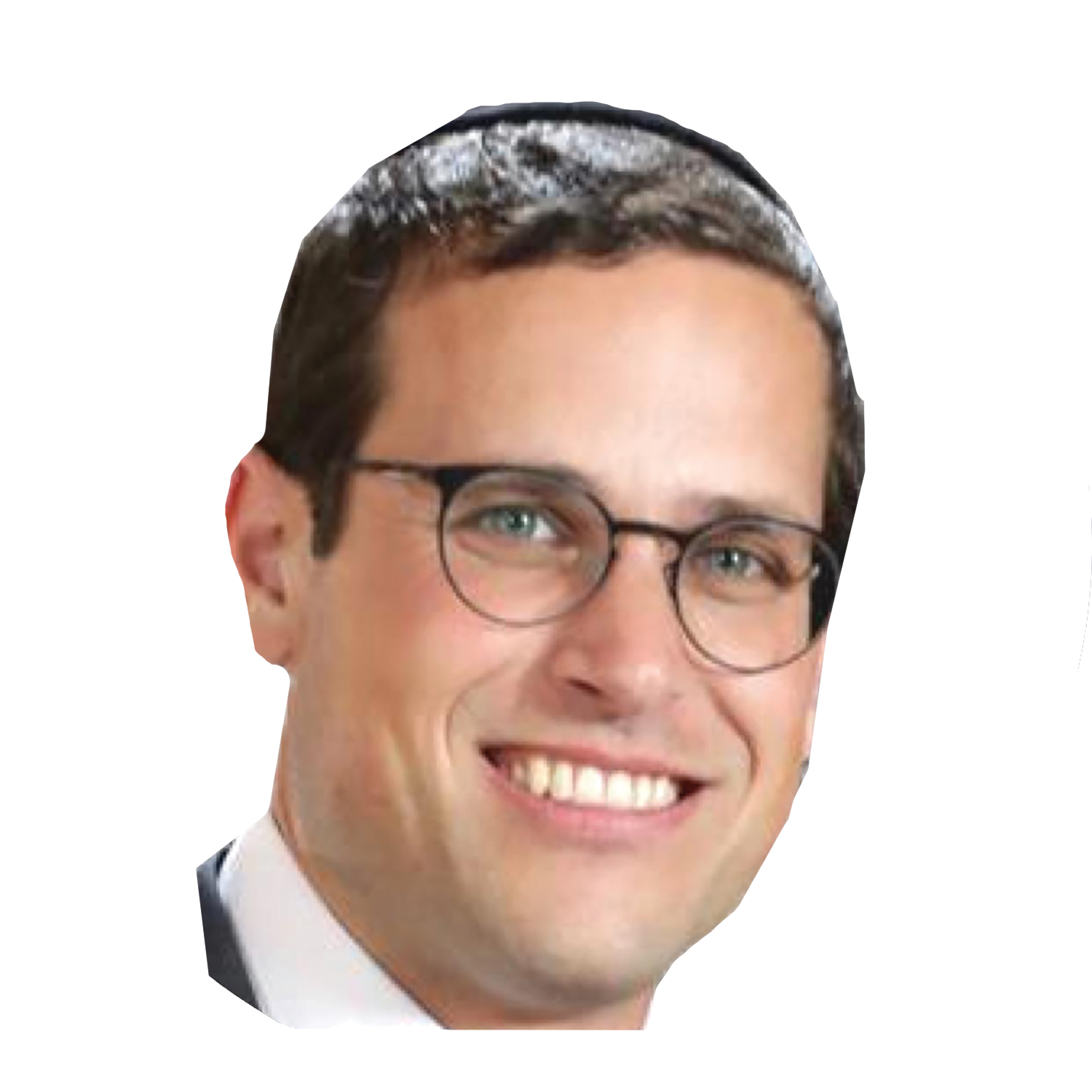
Torah historian Rav Dovid Mandelbaum captures the greatness of the Kozoglover Rav
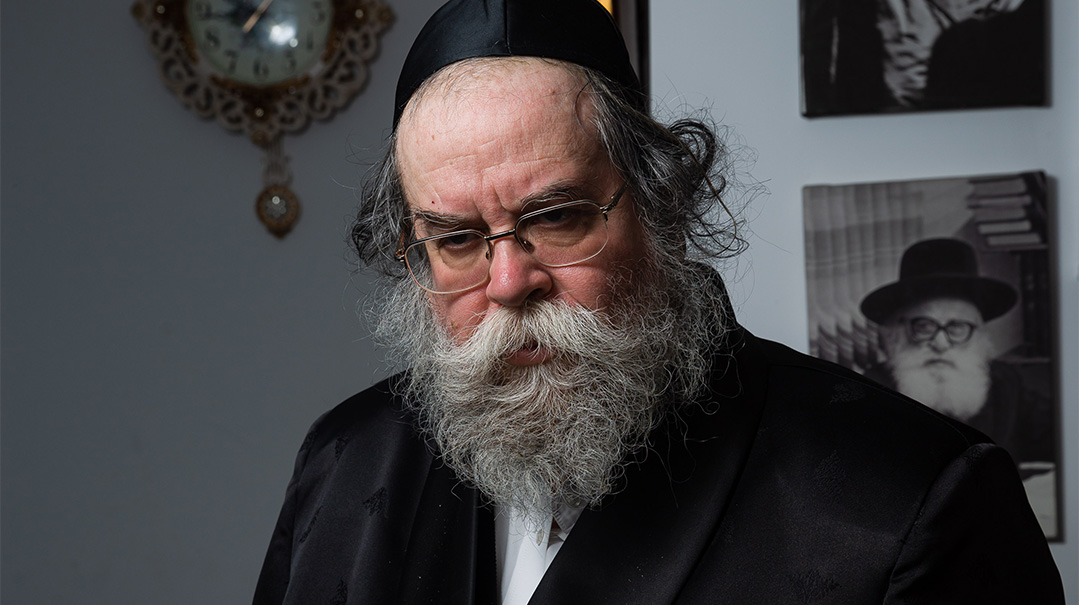
Weaving through the narrow streets of Bnei Brak in search of a parking spot, I took note of the shtiblach along the way, names like Makova (Hungary), Kuzmir, and Aleksander (Poland), while stealing a glance down Rechov Baal Shem Tov as well. Granted, the disparity between the modern high-rises of this pulsing city and the narrow streets and old buildings throwing back to prewar Lodz or Sosnowiec might just be my preoccupation with the upcoming meeting that’s eliciting associations with the past. For I’m preparing to meet Rav Dovid Avrohom Mandelbaum, someone who has dedicated his life and career to making the world of prewar Polish Jewry come alive.
It’s fitting that Rav Mandelbaum lives in the Zichron Meir neighborhood, which was established in 1934 by a wealthy Chortkover chassid by the name of Rav Chaim Yaakov Halperin in tribute to Rav Meir Shapiro of Lublin.
This is one of the oldest neighborhoods in Bnei Brak, and one of several that had been funded by Rav Halperin. Situated in close proximity to both the Gerrer beis medrash and the Ponevezh yeshivah, it was home to numerous illustrious personalities, including the Chazon Ish and Rav Shmuel Wosner, the latter having served as the neighborhood rav for nearly 70 years where he established the Israeli version of Yeshivas Chachmei Lublin, bearing the same name as the famed yeshivah where he studied in his youth.
The overflowing, packed shelves lining Rav Dovid Mandelbaum’s study aren’t really a surprise. Reb Dovid has spent decades publishing seforim of many of the greatest Torah leaders of prewar Polish Jewry, and authoring many of his own volumes, including an edited edition of Talmud Yerushalmi, Daf al HaDaf on various masechtos in Shas, and other volumes.
Reb Dovid is warm and friendly, but while he’s a tremendously accomplished talmid chacham, I clarify at the outset of our conversation that I’m actually not a talmid chacham at all, but rather am here to discuss another facet of his vast literary output — the many history books and biographical works that he’s researched and authored about those same prewar Polish Torah giants.
Over the next few hours, we explore various stories of the personalities, institutions, and events that he’s researched and brought to the world through his many best-selling books. But what I’m especially curious about is his latest release, a 400-page biography of Rav Aryeh Tzvi Frommer, the rosh yeshivah of Yeshivas Chachmei Lublin following the passing of Rav Meir Shapiro, known to posterity by the name of his sefer, Eretz Tzvi, and by the small shtetl of Kozoglov where he commenced his rabbinical career.
“Since my childhood I’ve felt connected to the story of the yeshivah of Lublin and of Rav Meir Shapiro,” Rav Mandelbaum says. His father was a talmid of the yeshivah, and escaped at the war’s outset through Japan to Shanghai together with a small yeshivah contingent. As an only child, growing up in Tel Aviv among a community of survivors, Reb Dovid absorbed the atmosphere of that bygone world.
Through his father, Rav Moshe Mandelbaum, he became acquainted with nearly all of the 80-plus survivors of Chachmei Lublin. And over the years he managed to interview almost every one of them. From a young age, on his own initiative and at his own expense, he trekked around the country — and the world — seeking out alumni of the great prewar yeshivah.
He turns to his cabinet and withdraws a box containing index cards. “Take a look,” he beckons. “These are the notes I took of all those conversations with these old-timers over the years. These are their stories and testimonies, the basis for the books I wrote about the yeshivah and its illustrious leaders.”
He enjoyed a close relationship with people like Rav Pinchas Hirschprung, the late rav of Montreal and one of Chachmei Lublin’s most prominent alumni. “But while many of the names most people have never heard of,” he adds, “their recollections have enriched my understanding of the yeshivah, its teachers, their hometowns, and the entire time period in which they grew up.”
Oops! We could not locate your form.

